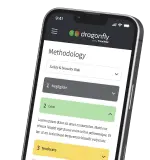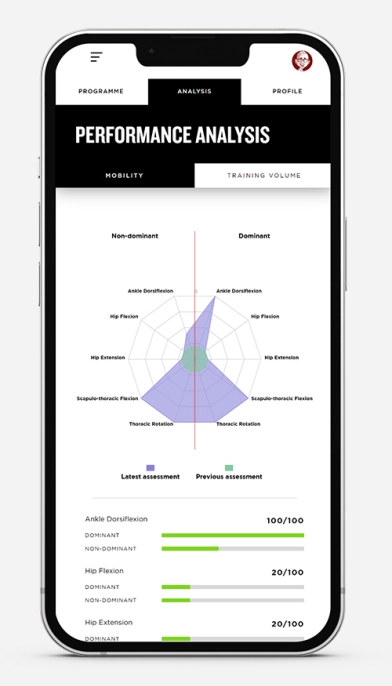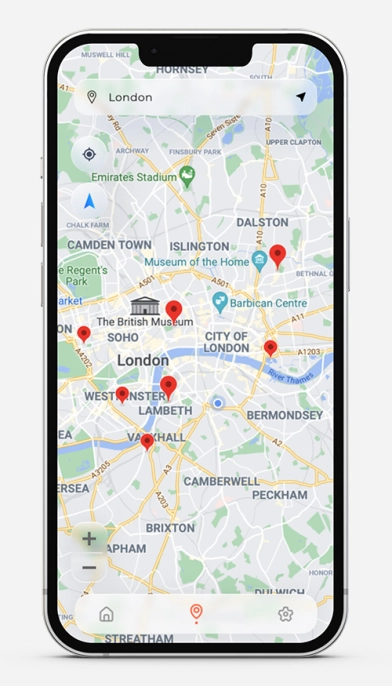In this episode, we delve into the concept of the Impact-Effort Matrix and its application in the development of a Minimum Viable Product (MVP). We start by defining an MVP and the challenges that come with deciding which features to include.
We then introduce the Impact-Effort Matrix, a decision-making tool that assists in feature prioritisation based on the potential impact and implementation effort. We offer a step-by-step guide on using this matrix, highlighting the four quadrants of high effort-high impact, high effort-low impact, low effort-high impact, and low effort-low impact features.
To simplify this process, we consider a hypothetical example of a dating app and assign impact and effort scores to potential features. We plot these features on the matrix and discuss how this visualisation aids in making informed decisions for MVP development.
Finally, we emphasise the importance of the Impact-Effort Matrix in the context of startups and businesses operating within strict timescales and cost constraints. We remind our listeners that every business is unique, and effective use of this tool requires a clear understanding of target users and resources.
Main Topics Covered:
- Definition of a Minimum Viable Product (MVP)
- Introduction to the Impact-Effort Matrix
- Step-by-step guide on using the Impact-Effort Matrix for MVP development
- Hypothetical example of a dating app
- Importance of the Impact-Effort Matrix in startups and businesses
- The role of understanding target users and resources in effectively using the Impact-Effort Matrix.
Full Podcast Transcript
Welcome to another episode of Scorchsoft's podcast, where we bring you the latest insights and practical tips about app development, entrepreneurship, and the digital world. Our focus today is on understanding the Impact-Effort Matrix and how it can be crucial when deciding on the features to implement first in your Minimum Viable Product (MVP).
An MVP, for those new to the term, is a product with just enough features to satisfy early customers and provide feedback for future product development. It's a fundamental concept in the world of startups and product development. But deciding what features to include in your MVP can often be a challenge. This is where the Impact-Effort Matrix comes into play.
The Impact-Effort Matrix is a decision-making tool that helps you prioritise tasks based on their potential impact and the effort required to complete them. In the context of MVP development, 'impact' refers to how much value a feature provides to your target users, while 'effort' refers to the resources needed to implement that feature.
So, how do we use this matrix in practice to build our MVP? Here's a step-by-step guide.
First, list all the features you're considering for your MVP. Next, for each feature, estimate its potential impact on the user experience and its implementation effort. Based on these assessments, plot the features on the matrix. You'll find features falling into four quadrants: high effort-high impact, high effort-low impact, low effort-high impact, and low effort-low impact.
The magic happens in the decision-making process. Ideally, you'd want to start with the low effort-high impact features. These are often referred to as the 'quick wins.' They provide significant value to your users while requiring minimal resources.
High effort-high impact features should be next on your priority list. They demand more resources but also deliver high value. As for the other two quadrants, low effort-low impact features can be considered 'fill-ins,' while high effort-low impact features should typically be avoided unless they are essential for the product to function.
Let's consider an example to simplify this process further. Suppose you're developing a dating app. Your MVP must have distinctive features that make it stand out in the competitive dating app market.
Here are a few features you might consider:
1) User Profiles: Essential for any dating app, user profiles allow users to share information about themselves. These profiles could include photos, bios, and preferences.
2) Matchmaking Algorithm: This feature uses the information provided in user profiles to suggest potential matches.
3) Instant Messaging: A feature that enables users to communicate with their matches directly within the app.
4) Location-Based Matching: This feature uses GPS data to suggest matches who are close to the user's location.
5) Compatibility Tests: These tests ask users a series of questions to help determine their personality type and suggest matches accordingly.
Now, let's assign impact and effort scores to these features on a scale of 1-10. User profiles might be a 9 for impact as they are essential, but also a 7 for effort due to the need for a robust and secure system to store user data. The matchmaking algorithm might also score high on both impact and effort, say a 9 for impact and 8 for effort given its complexity. Instant messaging could be an 8 for impact but a 5 for effort with the availability of various third-party services that can be integrated.
Location-based matching could score a 7 in impact, as users find this feature useful, but it might be a 6 in effort as it requires integration with GPS data. Compatibility tests might have a lower impact, say a 6, if your target audience doesn't place much emphasis on these tests, and effort could be a 5, depending on the complexity of the tests.
Plotting these on the Impact-Effort Matrix, you'll note that User Profiles and the Matchmaking Algorithm fall into the high effort-high impact quadrant. Instant messaging is a quick win with high impact and relatively low effort. Location-based matching is somewhere in the middle, while compatibility tests are in the low impact-low effort quadrant.
This visualisation helps in making informed decisions about what to focus on first when creating your MVP. Remember, these are hypothetical numbers and may vary depending on your unique business situation and your understanding of your target users. But it gives you a framework to start your thinking process for feature prioritisation.
This simple yet effective approach can help entrepreneurs and businesses focus their energies on what's important and avoid wasting time and resources on less valuable features.
The prioritisation of features using an Impact-Effort Matrix is not only a strategic move but a crucial necessity when you're operating within strict timescales and cost constraints, as most startups and businesses do. The role of this matrix becomes even more critical in the development of an MVP, where the goal is to launch a product with enough features to attract early adopters and gather invaluable feedback for future iterations. By focusing on high-impact features that require less effort, you can maximise the use of your resources, get to market faster, and start learning from real user feedback sooner. This approach reduces the risk of spending time and money on features that add little value to the user experience or, worse, delay the launch of your MVP. Therefore, the importance of using an Impact-Effort Matrix in MVP development extends beyond prioritising features; it can ultimately influence your product's success and your startup's growth trajectory.
But remember, the Impact-Effort Matrix is not a one-size-fits-all tool. Every business is unique, and what works for one may not work for another. It's crucial to have a clear understanding of your target users and their needs, as well as your resources, to make effective use of this tool.
The Impact-Effort Matrix is a powerful tool for prioritising which features to implement first in your MVP. It balances user value and resource use, helping you deliver a product that meets user needs and aligns with your business capabilities.
Here at Scorchsoft, we have over thirteen years of experience helping businesses and startups leverage web and mobile app technologies for extraordinary results. Our in-house engineers and project team are ready to help you in your journey, providing expertise and guidance every step of the way.
If you're looking to bring your app idea to life or want to learn more about how we can help you optimise your product development process, we'd love to hear from you. Visit our website at scorchsoft.com or call us at 0121 7240447. Thanks for tuning in, and we look forward to bringing you more insights in our next episode.











